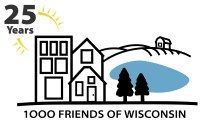Last week, two cohorts of our Milwaukee Safe Streets Academies conducted walk-roll audits of major project WisDOT project areas in their respective neighborhoods. Rachel Goochey, MilWALKee Walks Manager, guided residents in thoughtful discussion about street design safety.
Both project areas, state highways 175 and 57, are just two of the many identified projects in the WisDOT six-year plan. Construction for these projects are tentatively scheduled for 2031. With both projects in their early design and scoping stages, it’s fitting that residents were able to conduct walk-audits to clearly identify areas for improved safety and accessibility along the corridors.
The Milwaukee Safe Street Academies are an abbreviated, project-specific version of our Community Transportation Academies.
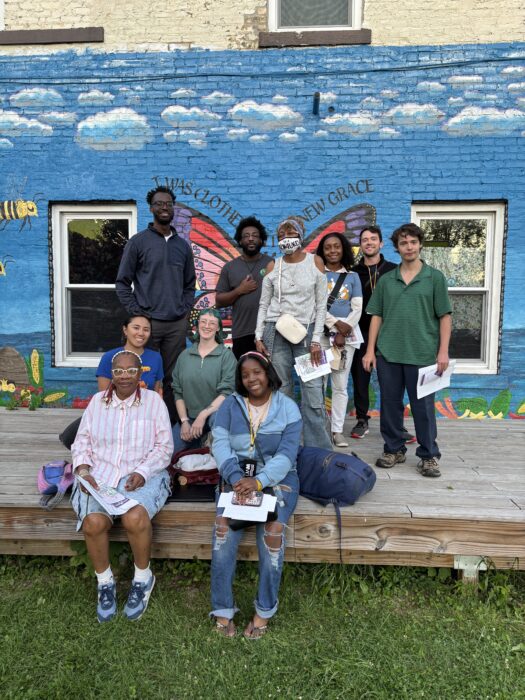
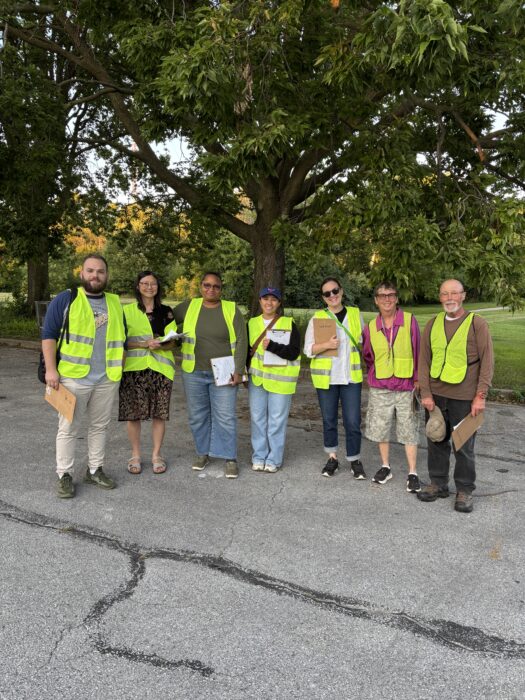
Washington Park & Lisbon Ave.
The Washington Park cohort walked Lisbon Ave. / State highway 175 from 47th to 51st. The road sees a fair amount of pedestrian traffic, high vehicle speeds, and connects directly to on/off ramps onto the highway toward the Stadium Interchange. While there is a lot of pedestrian infrastructure, participants found that there was a major lack of maintenance and repair. They noted large cracks in roads and uneven and narrow sidewalks. They also identified confusing pedestrian crossings without painted pathways and poorly positioned crossing buttons and ramps. Still, as we closed out our walk, we shared appreciation for the pockets of green space and public art and an eagerness to push for improved safety for all road users along Lisbon.
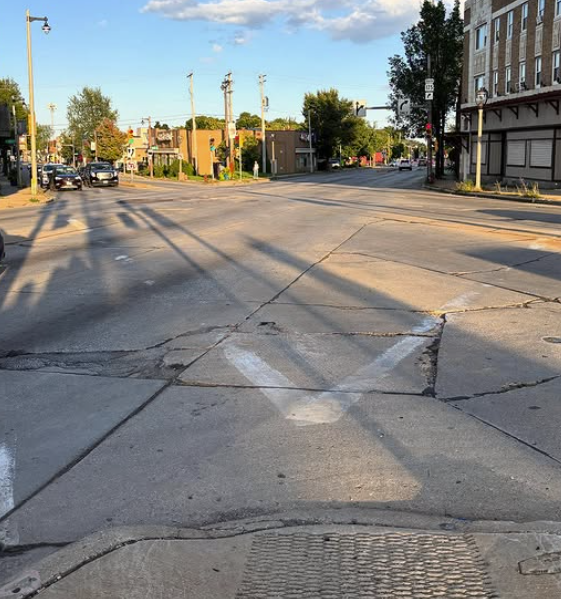
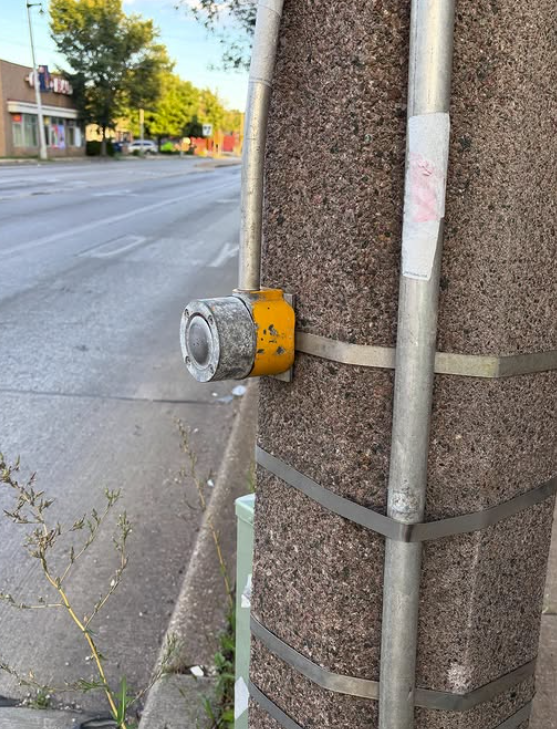
Lincoln Park & Green Bay Ave.
The Lincoln Park cohort conducted their walk-roll audit along the west side of the street toward Eastbrook Church, along Green Bay Ave. / State highway 57. With two school campuses and a church on the route, residents commented on (1) confusing traffic for most drivers during the school pick-up and drop off time, (2) little to no separation between the road and sidewalk (and no clear crossing) in certain areas, and (3) only one school zone signal in a place that wasn’t very intuitive. Conversation also shifted to potential treatments to slow traffic and make driver navigation safer at key points near the schools and church, for all forms of mobility. Their suggestions included:
- More than one highly visible school zone sign
- At minimum, repainted and highly visible crosswalks with flashing beacon signs.
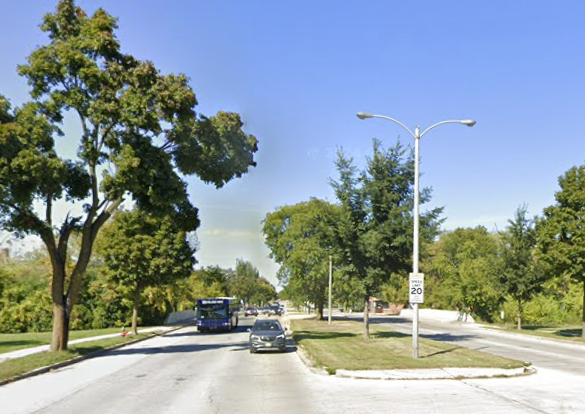
After facilitating the Safe Streets Academy, I’m energized by the passion and knowledge our participants brought to each session. It’s clear that our participants were already active and passionate leaders. The walk-roll audits are just one of the many resources we discussed that they could add to their tool-belt as they build up healthy, thriving communities.
Raphie Torralba is the Transportation Policy Analyst at 1000 Friends of Wisconsin. She co-planned and facilitated the Safe Streets Academy in Milwaukee in collaboration with partner, Narvarte Development.
